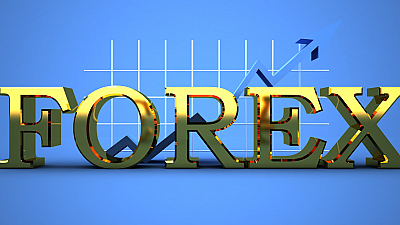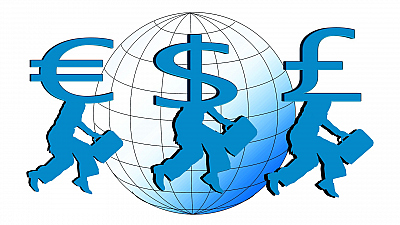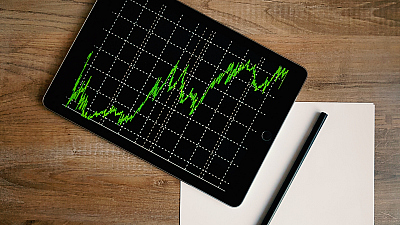The stock market facilitates two general activities related to shares and so it is divided to Primary market and Secondary market.
The primary market allows companies to issue and sell their shares to the public in a process called Initial public offering (IPO).
This is the moment when a private company takes the decision to issue public shares. The stock exchange, through its primary market, provides the marketplace for the IPO, where traders and investors interested in the company can buy the shares. For this service, the exchange receives a fee.
The IPOs provide benefits for investors and companies, as they both trade in a regulated and secure environment. The IPO is a part of the listing process.
Listing refers to the admission of the securities of a company for trading on the stock exchange.
Only listed shares are quoted on their electronic platforms. Listing is beneficial for the company, because it provides liquidity to the shares, as well as effective control and supervision.
There are some drawbacks to being listed on a stock exchange, of course. Regulations are heavy and a company needs to comply with them at all times. The pursuit for higher share price might change the focus of the company. Besides, there are costs associated with listing, compliance and reporting.
Once listed in the books of the stock exchange the company’s shares can be bought and sold by investors in the tier referred to as the secondary market. This is an organized stock trading exchange that manages the sell and buy orders from the various market participants by matching them in a fair and transparent manner. For this service, of course, it charges a fee.
The IPO is a one-time offer, but companies do have the option to develop their profile further.
If they’re willing to issue more shares, they can do so at any time through follow-on offers. Or they may decide to buy back or de-list part or all their shares.
All this happens in the secondary market.
It is important to understand that companies listed on the exchange do not buy or sell their own shares (normally). So, when buying shares, traders are not buying them from the company that has issued them, they are buying them from someone who owns those shares (a legitimate shareholder).
And the other way around. When a trader is selling shares, he is not selling them to the company, but to someone else on the market.




